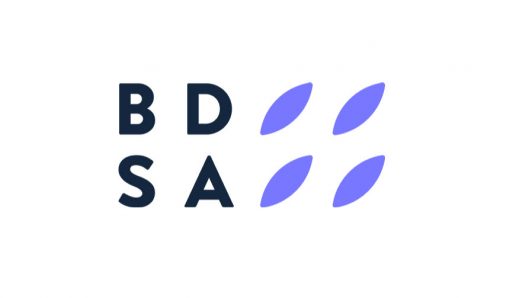In February, all of these markets advanced on a per-day basis, with some markets actually experiencing sequential growth despite three fewer days in the month.
BDSA provides coverage for the relatively mature markets of Arizona, California, Colorado, Nevada and Oregon.
Combined sales of $103.7 million were up 43.4% compared to a year ago, when there were only medical cannabis sales in the BDSA database, and down 0.4% from January.
California sales fell 7.8% sequentially to $253.5 million, with its 11.7% annual decline in February slightly better than the 12.2% drop in January.
Sales fell 7.3% in February compared to January, declining 7.4% from a year ago to $156 million.
Hit hard by the downturn in tourism due to the pandemic, Nevada was the only state in the West to experience an increase in sales from January, with the $59.7 million booked in February representing a 1.5% increase though down 14.3% from a year ago.
Ingestibles fell 1%, while pre-rolls and concentrates increased by more than 2% compared to a year ago.
In these newer markets, the annual rate of growth increased in the six markets for which BDSA provides.
In February, they fell 1.6% from January to $149.8 million, up 24.1% from a year ago.
We previously published data released by the state regarding the 29% growth in sales in February, which represented a 3% decline from January.
After declining 5.2% from a year ago in January, sales fell by 6.8% to $41 million, which represented growth of 0.2% from a year ago.
One of the strongest states in February, Massachusetts sales expanded 3% from January and by 39.6% compared to a year ago to $139.6 million.
We had previously written about data released by the state indicating that Michigan cannabis sales increased 47% in February, which represented a 1.6% gain from January.
Sales slipped 2.2% in February to $92 million, up 8.1% compared to a year ago.
